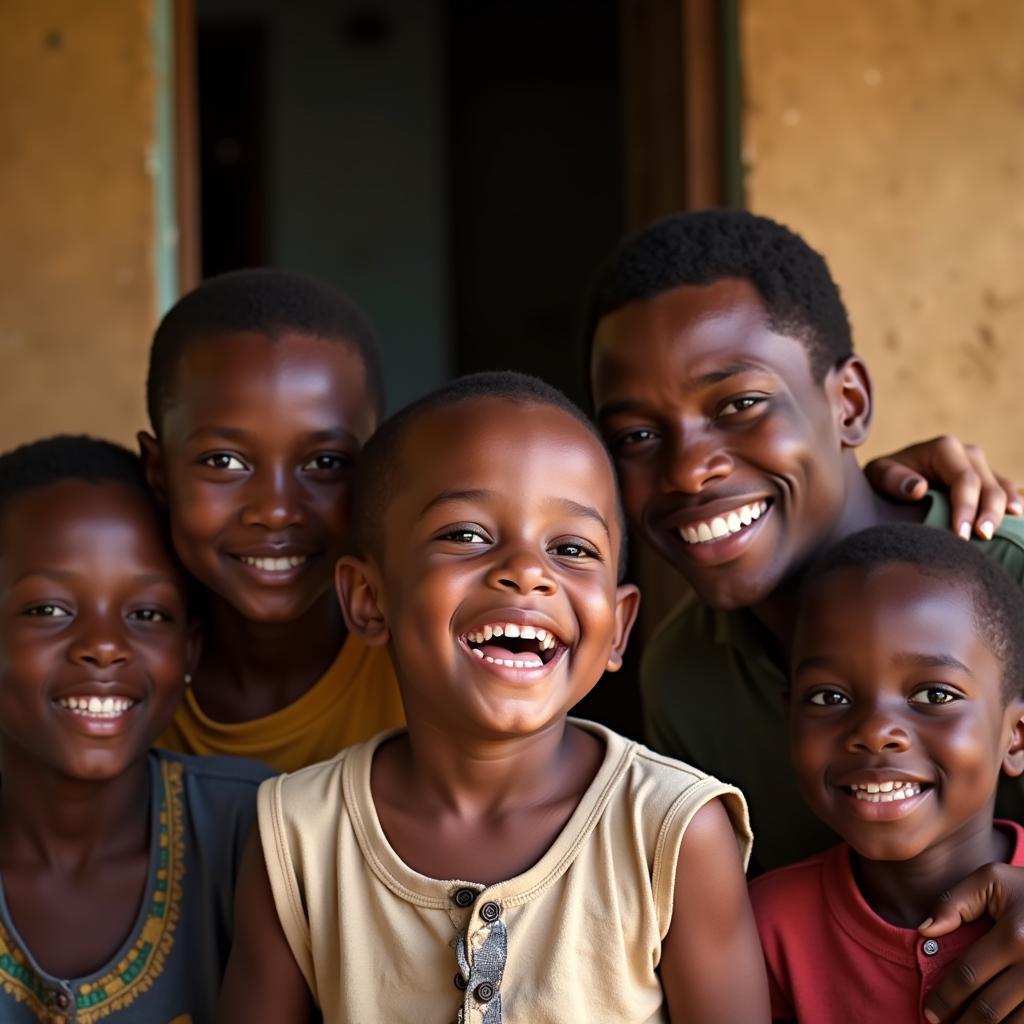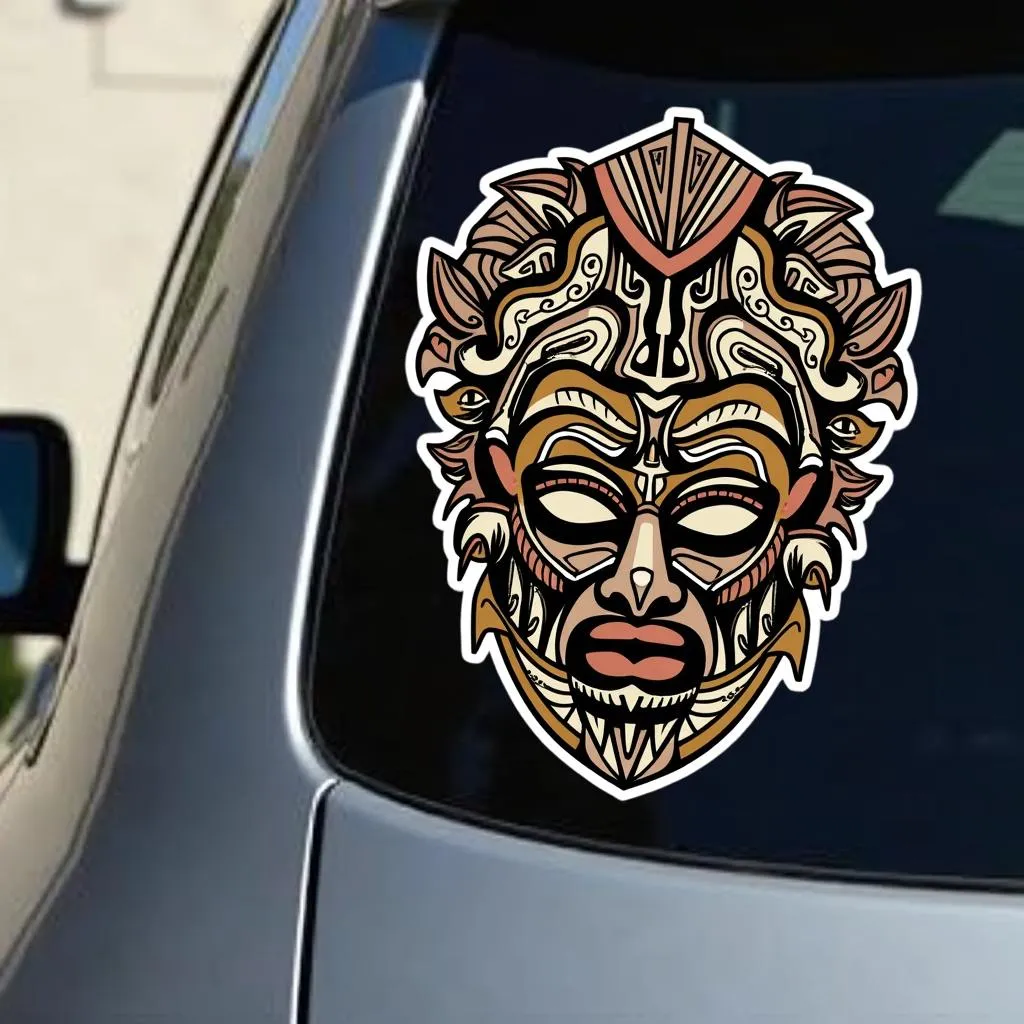The Rhythmic Heart of Africa: Exploring African Drummers and Dancers
African Drummers And Dancers are integral to the cultural tapestry of the continent. Their performances are not mere entertainment; they are powerful expressions of tradition, spirituality, and community life. From the vibrant rhythms echoing through the savanna to the intricate movements passed down through generations, these artists offer a glimpse into the soul of Africa. Dive into this rich world and discover the stories behind the beat and the dance.
The captivating world of African drumming and dance is a vibrant testament to the continent’s rich cultural heritage. It’s a world where rhythm and movement intertwine, telling stories, preserving traditions, and expressing the very essence of life. This article explores the deep-rooted significance of African drummers and dancers, examining their role in various ceremonies, the different styles across the continent, and the enduring power of their artistry. More than just entertainment, these performances are a powerful expression of history, spirituality, and the communal bonds that tie African societies together. See how these art forms continue to evolve while retaining their timeless appeal. After reading this you may be interested in attending an African carnival 2019.
The Cultural Significance of African Drummers and Dancers
African drummers and dancers hold a revered position within their communities. They are not simply performers but often storytellers, healers, and spiritual conduits. Their art is woven into the fabric of everyday life, accompanying births, deaths, marriages, harvests, and other significant occasions. Through their rhythms and movements, they connect the present to the past, honoring ancestors and celebrating the continuity of life.
Drums, in particular, are often considered sacred objects, imbued with spiritual power. Different drums have different purposes and meanings, adding layers of complexity to the performance. The djembe, for instance, with its deep, resonant tones, is frequently used in celebratory events, while other drums might be reserved for specific rituals. Similarly, dance styles vary widely across Africa, each carrying its own unique symbolism and significance. Some dances mimic animal movements, others depict daily activities, and some are specifically designed to invoke spirits or tell epic tales.
Exploring Diverse Drumming and Dance Styles Across Africa
From the energetic Sabar drumming of Senegal to the graceful Adumu dance of the Maasai people in Kenya, the diversity of African drumming and dance is breathtaking. Each region and ethnic group has developed its own distinctive styles, reflecting their unique history, environment, and beliefs. These art forms are not static; they continue to evolve, incorporating new influences and adapting to changing times.
West Africa is particularly renowned for its rich drumming traditions. The intricate polyrhythms and complex interplay between different drums create a mesmerizing soundscape. In East Africa, dance often plays a prominent role, with movements emphasizing agility, strength, and intricate footwork. Southern Africa is known for its powerful Gumboot dancing, which originated in the mines and has become a symbol of resilience and cultural pride. Even within these broad regional categories, there are countless variations, each with its own unique charm and significance. You can learn more by checking out African dance moves costumes & history video.
The Enduring Legacy of African Drumming and Dance
Despite the challenges of modernization and globalization, African drumming and dance continue to thrive. These art forms have found new audiences around the world, inspiring musicians, dancers, and artists across genres. From contemporary dance productions to collaborations with international musicians, African rhythms and movements are making their mark on the global stage.
Dr. Abena Oduro, a renowned ethnomusicologist, observes, “African drumming and dance are not relics of the past; they are living traditions that continue to inspire and evolve. They represent a powerful connection to heritage and a vibrant expression of cultural identity.”
This cross-cultural exchange is not one-way. African artists are also incorporating new influences into their work, creating innovative and exciting forms of expression. The future of African drumming and dance is bright, promising a continued celebration of rhythm, movement, and the enduring power of cultural heritage. Consider listening to African dance songs mp3 to further explore these rhythms.
 African Drum Circle in a Community Setting
African Drum Circle in a Community Setting
Conclusion
African drummers and dancers are more than just entertainers; they are keepers of tradition, storytellers, healers, and spiritual guides. Their rhythmic heartbeat resonates through the soul of Africa, connecting generations and celebrating the rich cultural heritage of the continent. Through the powerful language of drums and dance, they continue to share the stories, traditions, and spirit of Africa with the world. If you are interested in exploring more of this fascinating topic, be sure to check out videos of African dances 2018.
FAQ
- What is the significance of drumming in African culture? Drumming often holds spiritual significance and is used in various ceremonies and rituals.
- What are some of the most popular African dance styles? Some popular styles include Sabar, Adumu, and Gumboot dancing, among many others.
- How do African drummers and dancers preserve their traditions? Traditions are preserved through oral transmission, mentorship, and community participation.
- What is the role of dance in African storytelling? Dance often narrates stories, depicts historical events, and expresses emotions.
- How are African drumming and dance evolving in the modern world? These art forms are incorporating new influences and collaborating with artists across genres.
- Where can I experience authentic African drumming and dance performances? Cultural centers, festivals, and community events often feature these performances.
- What resources are available for learning more about African drumming and dance? Books, documentaries, online tutorials, and workshops offer opportunities to learn more.
Common Scenarios:
- Scenario 1: Attending a Traditional Ceremony: Observing the role of drummers and dancers in a traditional African ceremony can provide profound insight into their cultural significance.
- Scenario 2: Learning an African Dance: Taking a dance class allows you to experience the movements and rhythms firsthand, deepening your appreciation for the art form.
- Scenario 3: Visiting a Museum Exhibit: Museums dedicated to African art and culture often feature displays about the history and significance of drumming and dance.
Related Resources:
- Check out our article on African mask making traditions.
- Explore the world of African musical instruments beyond the drum.
When you need assistance, please contact us via Phone: +255768904061, Email: [email protected] or visit our address: Mbarali DC Mawindi, Kangaga, Tanzania. We have a 24/7 customer service team.

